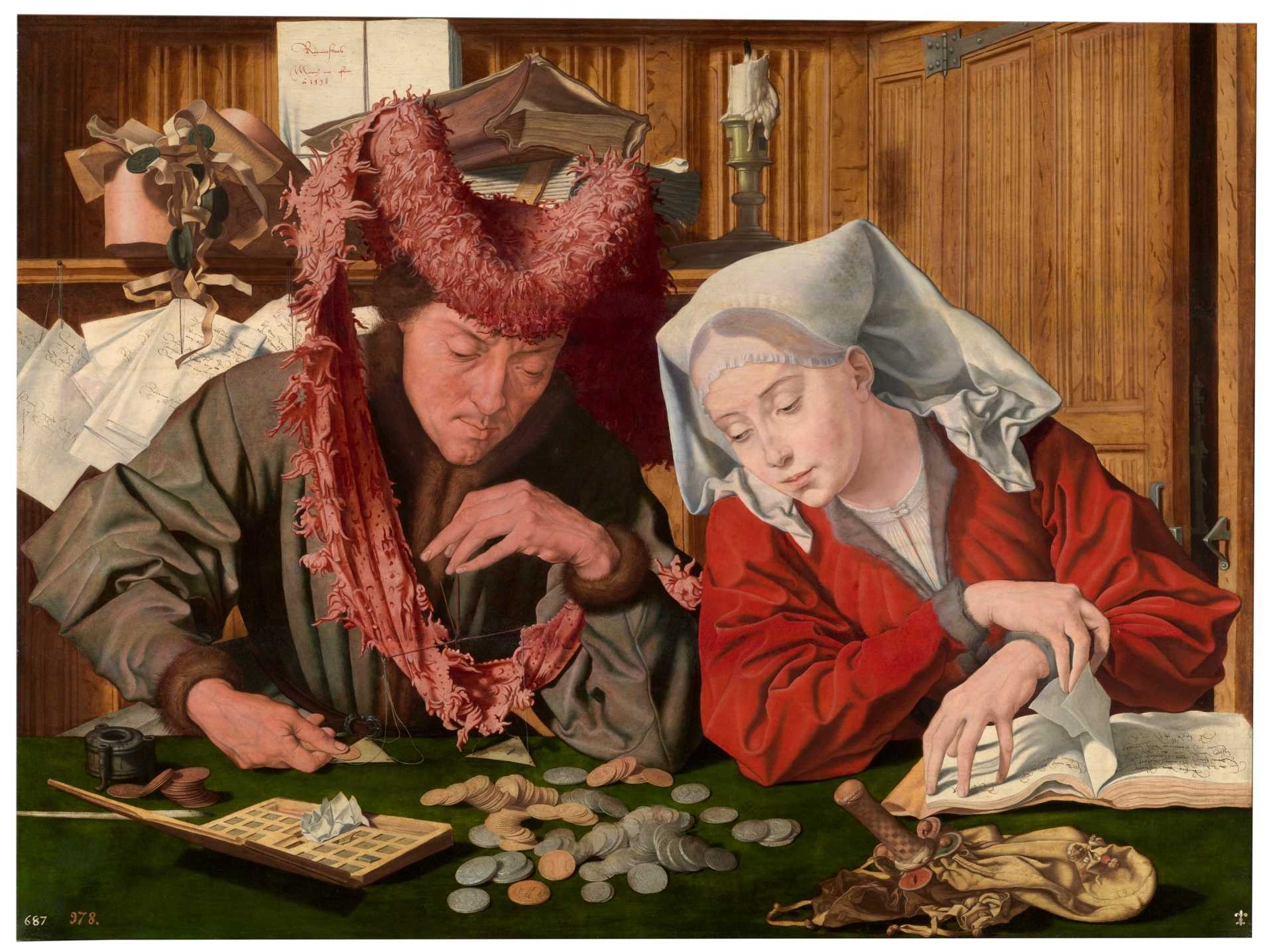This is the first monographic exhibition of Marinus van Reymerswale’s work, who was a Flemish painter working in the first half of the 16th-century. His paintings depict genre scenes, as did many Dutch paintings of the time.
The exhibition presents the paintings which are a satirical critique of corruption and greed, focusing on tax collectors, moneychangers and merchants. The museum holds the largest collection of his paintings in the world, like Saint Jerome.
Each painting of Marinus’ has various versions, with some of his paintings having more than 25 different ones. Only a handful of the paintings attributed to him were signed by him between 1538 and 1547. The rest are only attributed to his hand on the basis of stylistic similarities. Two versions of the famous paintings The Money-changer and his Wife are displayed in this exhibition, one using oil on panel, and the other using oil on wood.
Little is known about Marinus’ life, except that he attended the University of Leuven in 1504 and that he trained as a painter in Antwerp in 1509.
Marinus’ work belongs to the Northern Renaissance movement and his satirical caricature style was influenced by earlier painters like Quentin Massys and Albrecht Dürer.
- Monday:
-
10:00 - 20:00
- Tuesday:
-
10:00 - 20:00
- Wednesday:
-
10:00 - 20:00
- Thursday:
-
10:00 - 20:00
- Friday:
-
10:00 - 20:00
- Saturday:
-
10:00 - 20:00
- Sunday:
-
10:00 - 19:00


